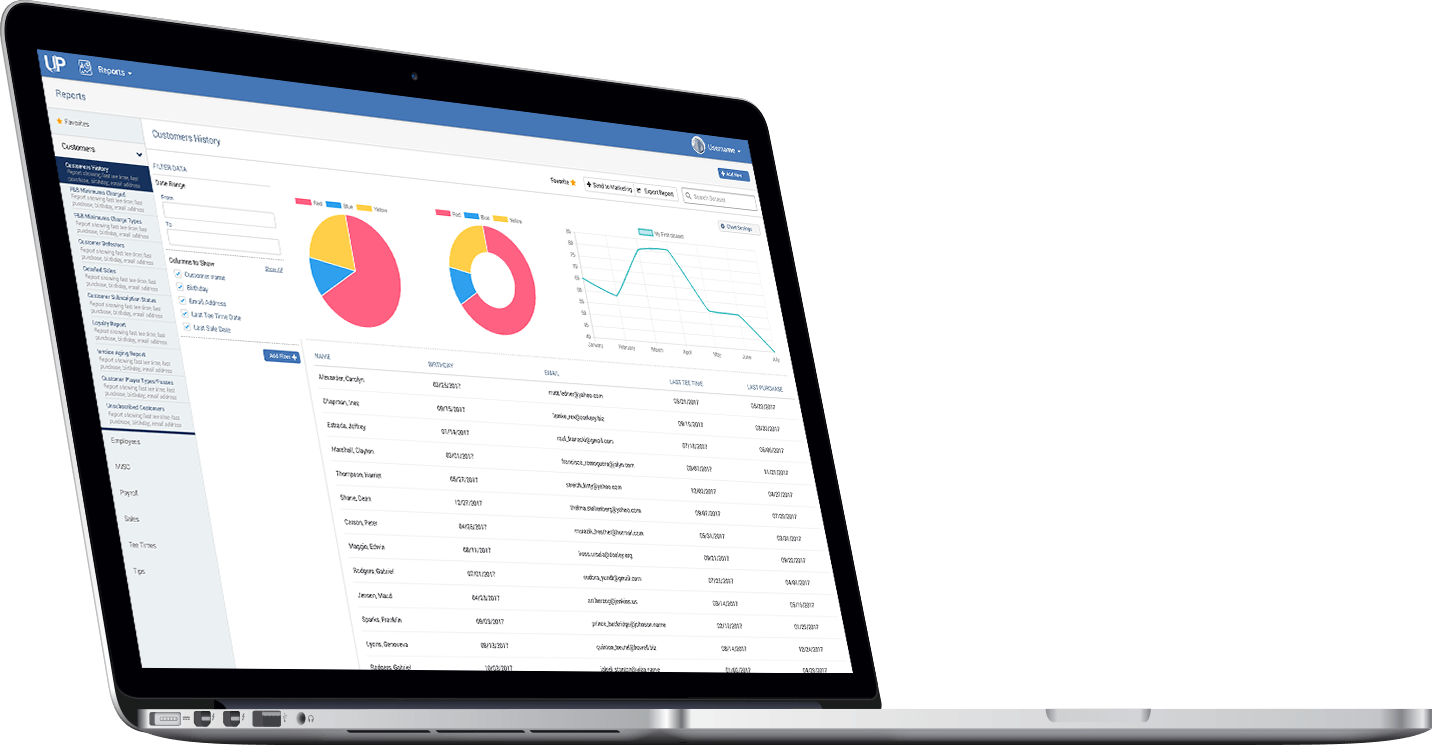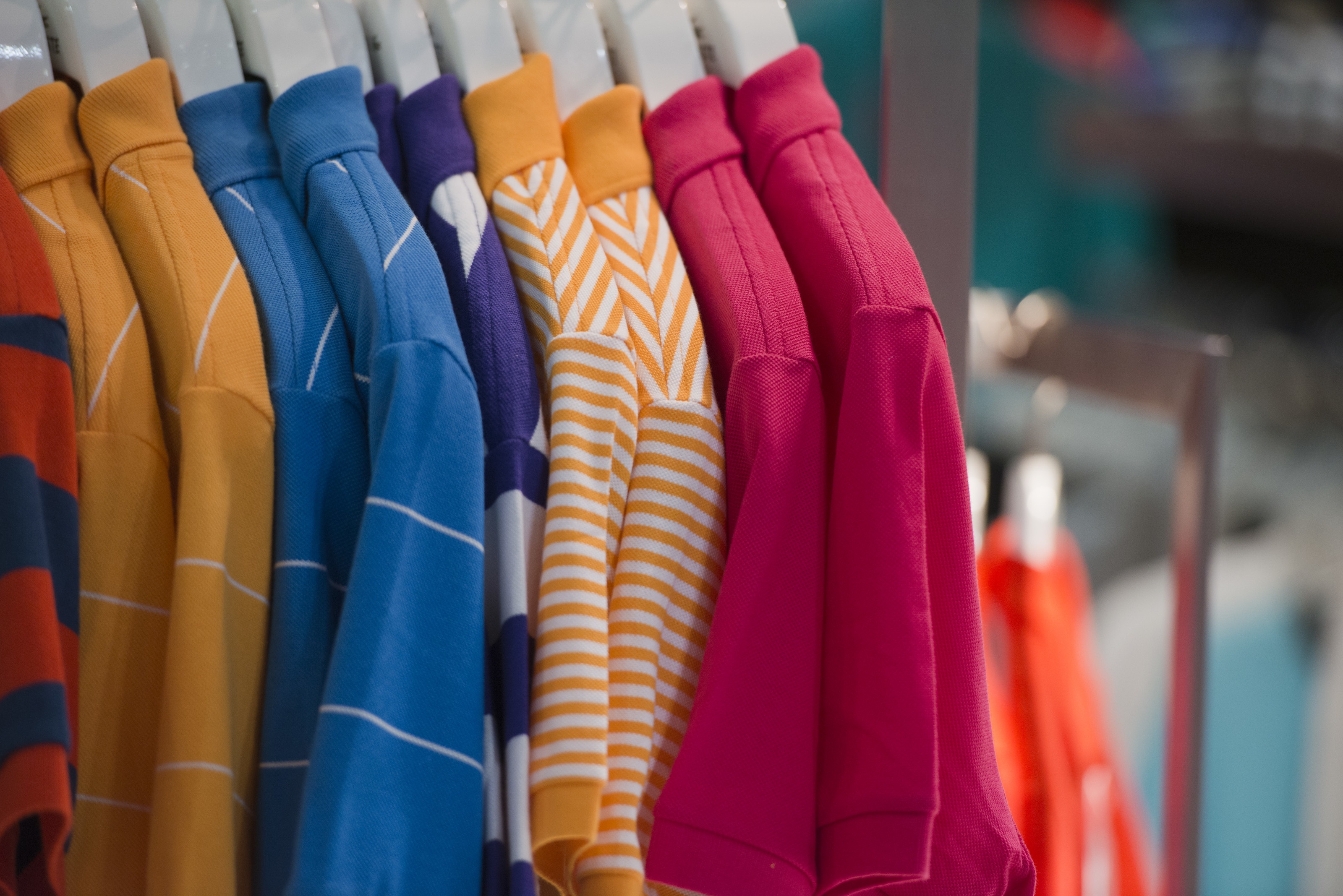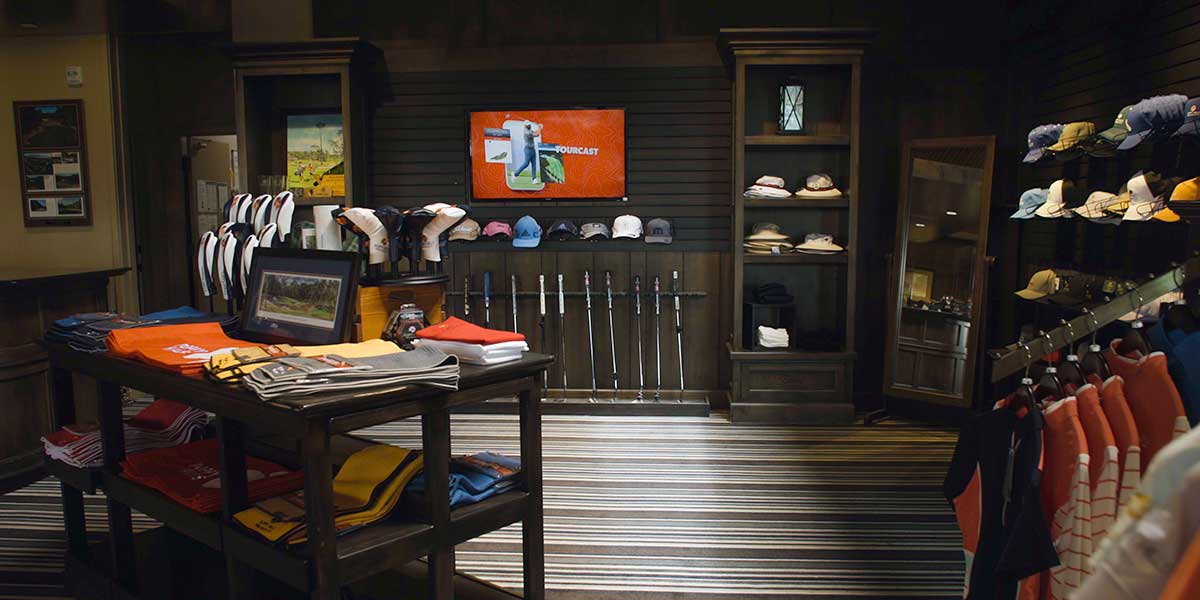Keeping your pro shop fully stocked and in the black is a fine art.
And, while it might seem impossible to worry about keeping shirts on the shelves while also juggling tee times and other course management tasks, the truth is that collecting data and identifying trends don’t have to take much time at all!
While manufacturers, brands, and suppliers may claim to know what golfers are buying in 2018, what matters are the trends in your own shop and what your customers want. Once you start collecting sales data and running reports, the trends will start to become very clear!
Collect Your Data. Track Your Trends.
Although looking at what other shops are stocking and which market shows they are attending are good places to start, the best purchasing data is the data you already have.
Joanne Kates, golf buyer and merchandiser at River Valley Ranch Golf Course in Aspen Colorado, explains that there are a few numbers you should be paying attention to, no matter the size of your shop:

- Sell-Through Rate
- Inventory Turnover
- Margins/Markup
Sell-Through Rate
Your sell-through rate is the number of items you’ve sold divided by the amount of product you purchased. This will give you a sell-through percentage—a number that’s too high or too low can indicate a problem with the number of items purchased or the price you’ve listed.
Break out your sell-through rate into specific categories for even better insight into your customers and your shop. For instance, clothing can be split into men’s and women’s clothing, shirts, outerwear, pants, skirts, accessories, etc.
Don’t forget to dig into the brands and sizes of items as well. If you know you’ll sell through a lot of men’s large and extra-large shirts, but the small sit on the racks, you can plan your purchases to match.
Turnover Rate
Turnover rate is the average number of times you will sell your entire stock. You can calculate this number by dividing your total sales by the dollar amount of average inventory.
The value of knowing this is simple, the faster your turnover rate, the higher your profit. While sell-through rate is a number that is valuable to know on a monthly and quarterly level, turnover rate is best calculated annually or at the end of the season.
Margins/Markup
Lastly, your margins or mark-up rate is directly tied to how much money your shop makes. The Association of Golf Merchandisers has some basic markup guidance for most shops:
- Golf equipment: 20–30% markup
- Apparel: 52% markup (or higher)
However, if you have inventory that hasn’t moved in 90 days or more, you’ll need to freshen up your inventory by discounting these items. As you markdown items during merchandise promos, you’ll want to keep track of which types of items, brands, or even sizes are consistently not selling to get more popular items for the next year.
All of this data broken out by month, quarter, and year is a goldmine of information that essentially illustrates the trends for your own shop. Instead of relying on a visual assessment or a gut feeling on what’s selling and not selling, you should use this data to inform what you’ll purchase in 2018.
Kate cautions that last year’s trends won’t be this year’s trends, so don’t use your data as the only factor in purchasing. But, it will help you understand who your buyers are so when you go to purchase new merchandise, you’ll know what’s most likely to hit the mark.
2018 Merchandise Projections
Once you have a handle on who your customers are and the types of merchandise they are purchasing from your store, you can go into shows and markets with a targeted focus. Instead of relying only on a sales rep’s opinions about what will sell, you’ll know what has done well in your shop in the past and look for the newest trends that match that selling data.
For instance, 2018 may bring more bold colors and patterns, but unless those have done well in your shop in the past, you may want to stick to classic colors and patterns for shirts and hats. Look for trends in silhouettes and fabrics and pick the new items that work with your sales history and try not to get sidetracked by items that don’t do well in your shop, even if you can get a killer deal on an order.
Buy What Fits Your Shop
Kate stresses that how much you purchase is just as important as what you purchase for you shop. There’s a fine line between the right amount of inventory and too much or too little inventory. And, of course, your sales data can help you find this balance.
Finding balance is just as crucial internally as it is externally, for the aesthetic experience of your shop to end customers. As a consumer, being presented with way too many options (or too few) can be overwhelming and/or disappointing, which could push a customer right back out the door. Finding a balance in purchasing can help you find a balance in your shop, providing an even better customer experience to your consumers.

When you talk to sales reps and get ready to place merchandise orders, remember that—no matter how good the deal is—if you’ve purchased more than you can fit on your sales floor, it won’t turn a profit. Be realistic about how much of an item you’re likely to sell and where it will fit on your racks and shelves.
Sales reps can be persuasive about the latest and greatest merchandise, but savvy merchandise buyers will know their customers and stock the items they want to buy. Knowing your sell-through and turnover rates means you can predict which items you plan to purchase for 2018 will be popular with your customers. Of course, using your POS data to plan inventory is only the beginning—your POS data, when leveraged properly, can give you even deeper insight into your customers as you plan promotions.
Need tips for increasing pro shop sales? We have just the thing! Download our FREE consolidated guide to making money on merchandise. Get it HERE.

